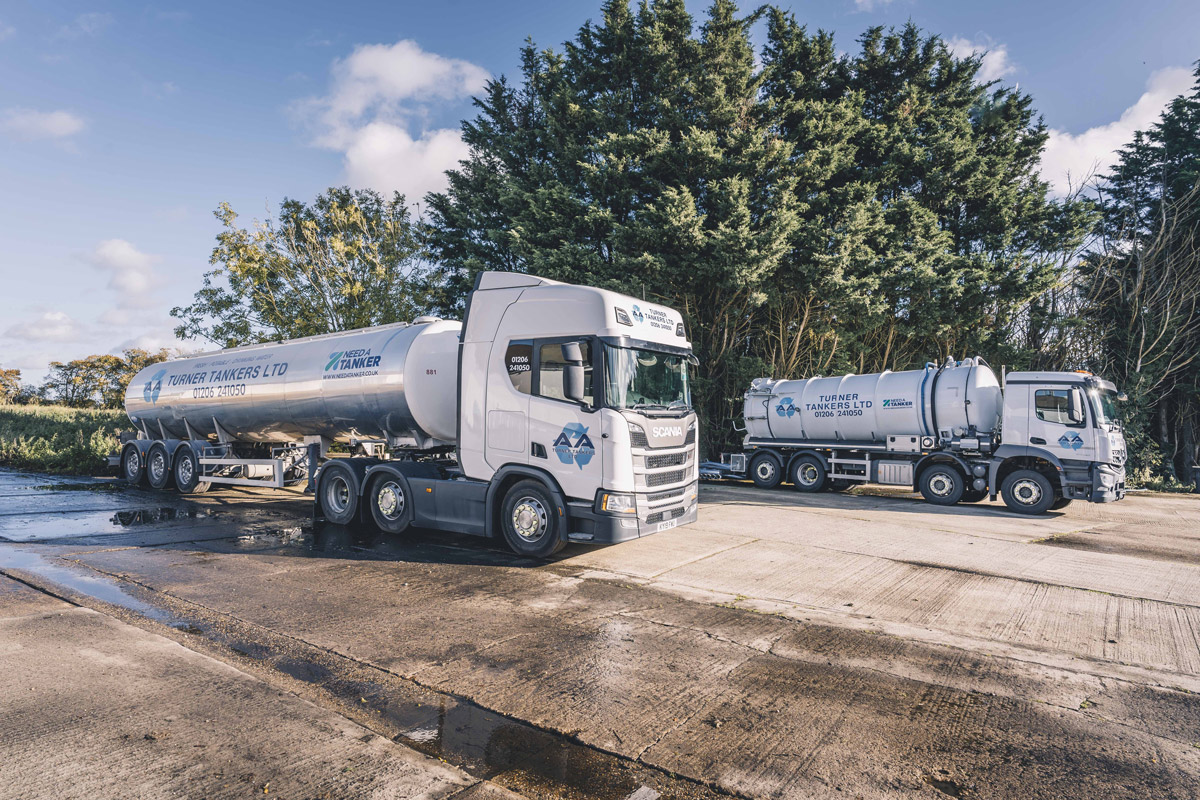How Reclaim Waste can Save You Time, Stress, and Money.
Table of ContentsThe Basic Principles Of Reclaim Waste Rumored Buzz on Reclaim WasteRumored Buzz on Reclaim WasteThe Ultimate Guide To Reclaim Waste8 Simple Techniques For Reclaim Waste
Discover the types, incidents, and types of liquid waste. Domestic sewer waste describes the waste and products from a property septic system. This kind of waste is created by people in homes, colleges, and other buildings. This only includes septic tanks that have a drainpipe area. The correct administration and disposal of domestic sewage waste need liquid waste to be moved to a sewer treatment plant where the appropriate approaches and devices are related to purify and deal with waste.
Business waste frequently consists of potential threats, such as combustible materials or a combination of liquid and solid waste items, and requires a much more innovative and in-depth disposal procedure. The disposal of business waste generally entails the purification of waste before transport to ensure safe and correct disposal. Industrial waste is produced from by-products and drainage of commercial procedures and manufacturing.
This kind of waste can not utilize the very same sewer management transportation or processes as septic or industrial fluids. The hazardous waste monitoring procedure requires the examination and testing of fluid waste before it undergoes the disposal procedure (industrial wastewater treatment). Drainage waste is the fluid waste that originates from drainage and excess stormwater in very populated areas or cities
Runoff waste can cause contamination and flooding if not dealt with appropriately. Discover more regarding drain cleansing and waste management. Ensuring proper waste management can avoid disasters and lower ecological injury. Both people in property settings and professionals in commercial or production markets can benefit from understanding the processes and regulations of fluid waste monitoring.
Some Known Details About Reclaim Waste
Get in touch with PROS Services today to learn concerning our waste monitoring and disposal services and the correct methods to look after the liquid waste you create.
Do you recognize what happens to your water when you end, purge the toilet or drain the cleaning maker? No? Well, it deserves understanding. This supposed 'wastewater' is not just an important resource yet, after treatment, will certainly be released to our land, waterways or the ocean. Used water from toilets, showers, baths, cooking area sinks, laundries and commercial processes is referred to as wastewater.

water used to cool equipment or tidy plant and equipment). Stormwater, a kind of wastewater, is drainage that flows from agricultural and urban locations such as roof coverings, parks, yards, roads, courses and gutters right into stormwater drains pipes, after rain. Stormwater streams without treatment straight to neighborhood creeks or rivers, at some point getting to the sea.
The smart Trick of Reclaim Waste That Nobody is Talking About
In Queensland, many wastewater is dealt with at sewer treatment plants. Wastewater is moved from residential or commercial websites through a system of sewage systems and pump stations, called sewerage reticulation, to a sewage treatment plant. Neighborhood federal governments construct, maintain and operate most sewage treatment plants. Operators are accredited under the Environmental Management Act 1994 to discharge treated wastewater at an acceptable environmental standard right into rivers.
The Department of Natural Resources advises local federal governments regarding handling, operating and preserving sewerage systems and therapy plants. In unsewered locations, city governments may require householders to mount individual or household sewer treatment systems to treat domestic wastewater from toilets, kitchen areas, washrooms and laundries. The Department of Natural Resources authorizes the use of house systems when they are confirmed to be efficient.
In some new class, treatment of some stormwater to eliminate clutter, sand and gravel has actually started utilizing gross toxin traps. Wastewater therapy happens in 4 stages: Removes strong issue.
Wastewater after that moves into large containers where solids clear up and are eliminated as sludge. Grease and scum are skimmed from the surface area. Uses tiny living microorganisms called micro-organisms to damage down and remove continuing to be dissolved wastes and great particles. Micro-organisms and wastes are integrated in the sludge. Removes nitrogen and phosphorus nutrients that could cause algal blossoms in our waterways and intimidate aquatic life.
Reclaim Waste Fundamentals Explained
Nutrient removal is not offered at all sewage therapy plants due to the fact that it calls for pricey specialized tools. Clear fluid effluent created after therapy may still consist of disease-causing micro-organisms - liquid waste disposal.

Many wastewater moves into the sewage system. Under the Act, neighborhood governments administer approvals and navigate to this website permits for ecologically relevant activities (ERAs) including wastewater releases that could have a local impact.
The Ultimate Guide To Reclaim Waste
Monitoring provides valid details regarding water high quality and can verify that licence conditions are being satisfied. The info acquired via surveillance gives the basis for making water top quality decisions.
Comments on “Reclaim Waste Fundamentals Explained”